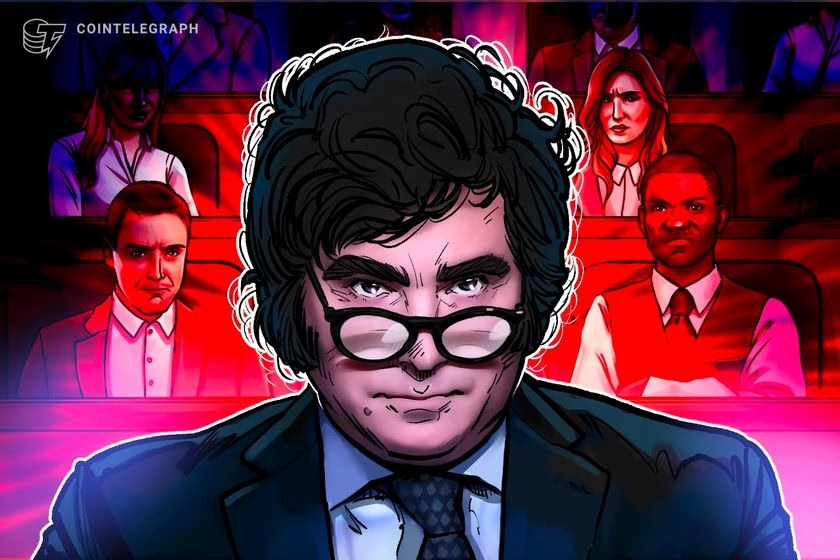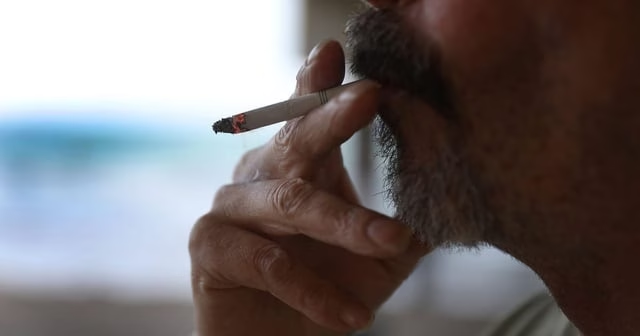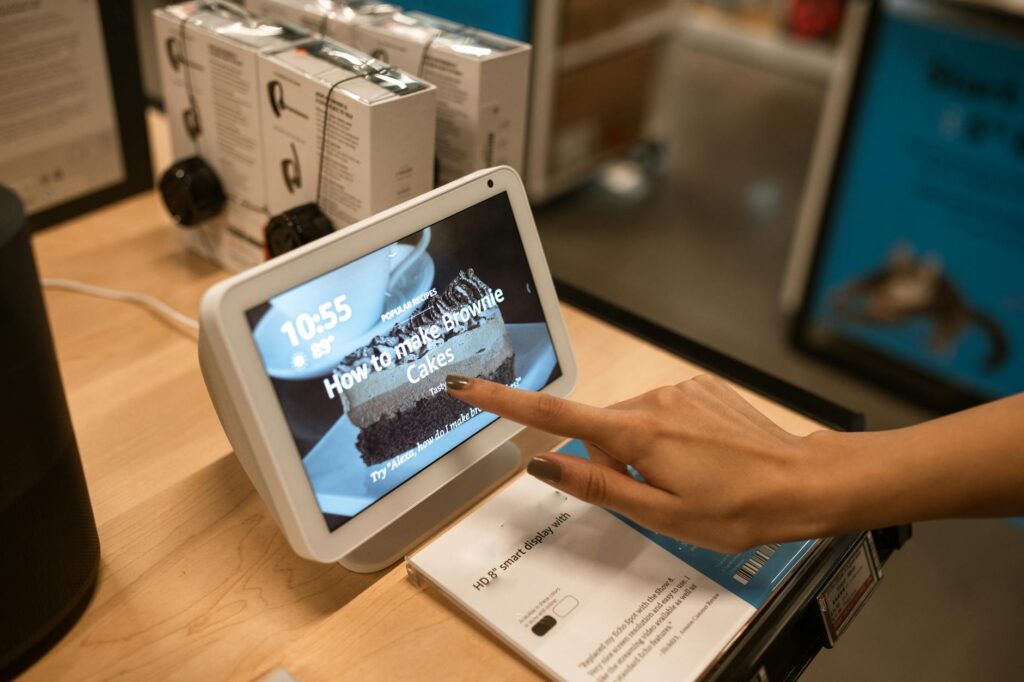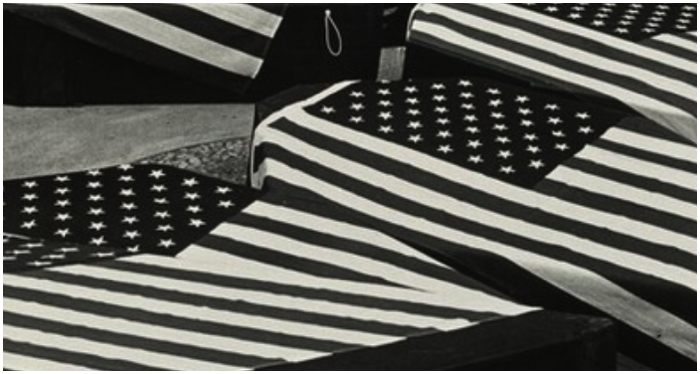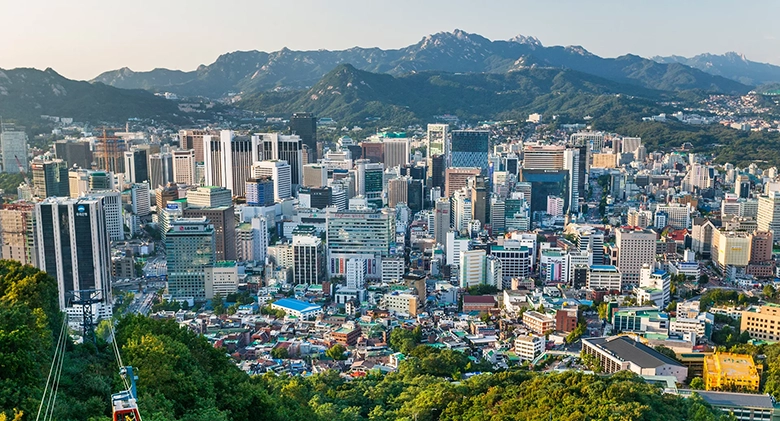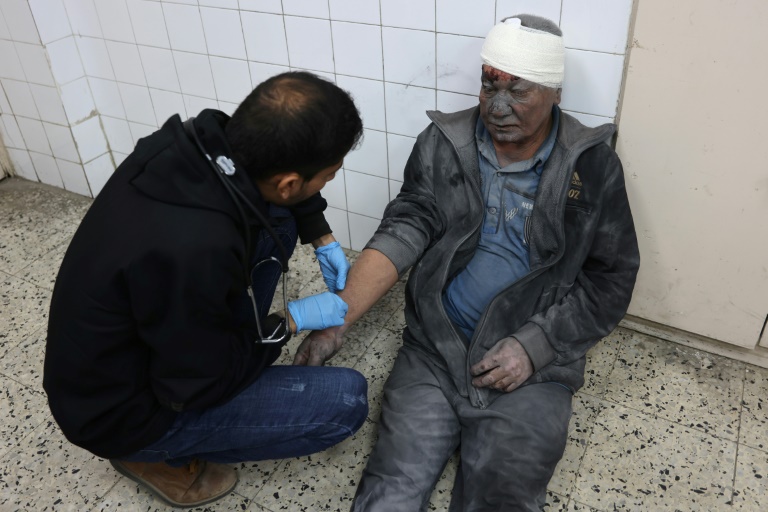Slow Burn: How Starliner’s crewed test flight went awry
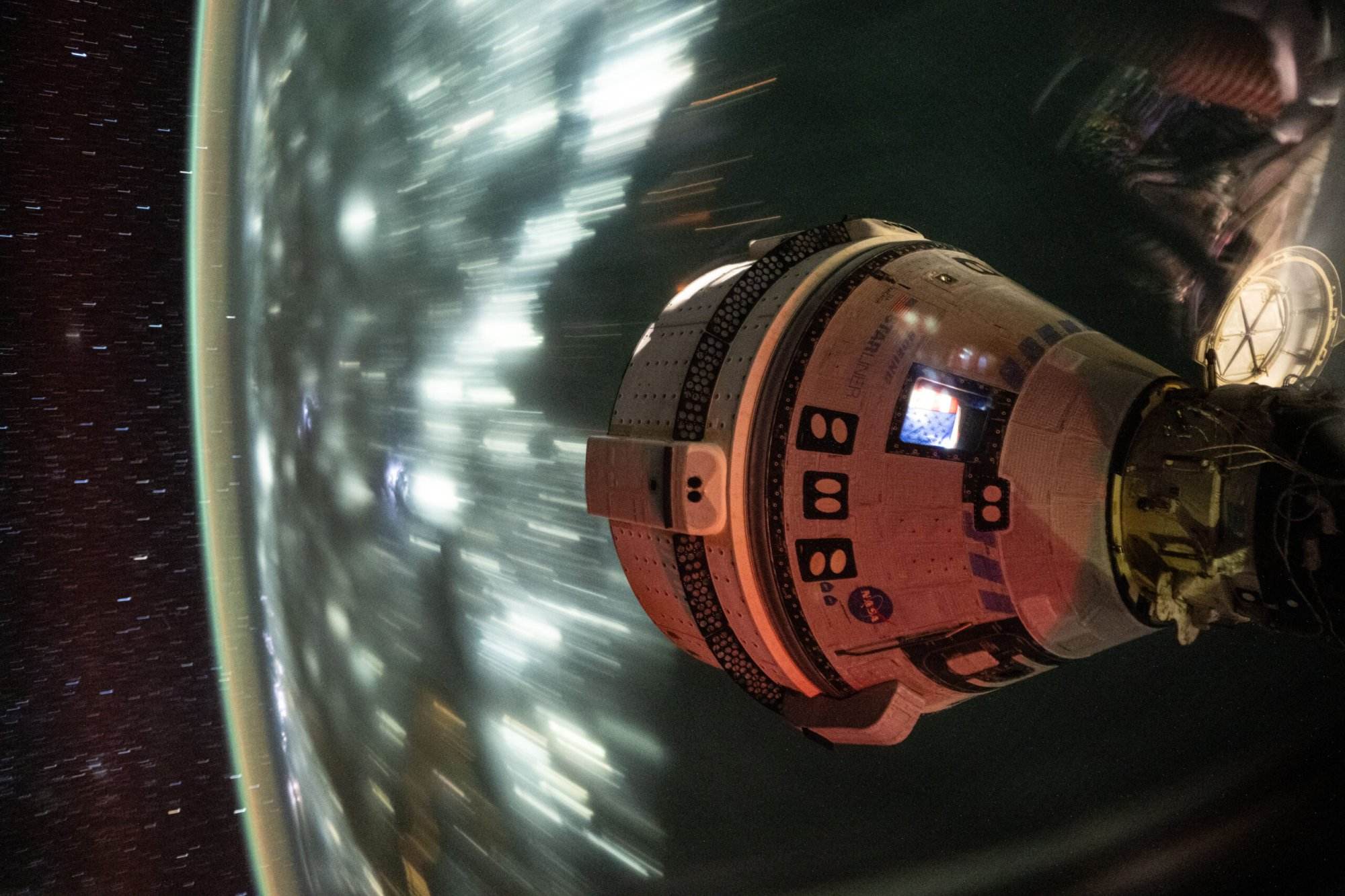
Top Stories Tamfitronics
When NASA and Boeing officials walked into the briefing room at the Kennedy Space Center on June 5, they were all smiles. After years of development setbacks, weeks of delays because of a spacecraft helium leak and a final four-day slip caused by a problem with a ground computer, Boeing’s CST-100 Starliner commercial crew spacecraft had finally reached orbit with NASA astronauts Butch Wilmore and Suni Williams on board.
Well, most of them were smiling. “I’m smiling, believe me,” said a straight-faced Mark Nappi, Boeing vice president and commercial crew program manager, at the briefing.
However, he was as relieved as anyone that Starliner’s Crew Flight Test (CFT) mission was underway, given the program’s checkered history. “I can’t tell you how good that feels for our Starliner team,” he said.
However, that would be the last time there were many smiles at a briefing about Starliner. The next day, Starliner docked with the station, but not before experiencing more helium leaks and problems with several of its thrusters. What initially appeared to be a minor issue evolved, over the next two and a half months, into NASA’s biggest human spaceflight safety crisis since the shuttle Columbia accident more than two decades ago.
Thruster uncertainty
When Starliner arrived at the ISS on June 6, it was suffering two problems. A single helium leak, detected on the spacecraft after a launch scrub a month earlier, had now become three leaks, with two more detected around the time of docking. Separately, on the spacecraft’s approach to the station, five of its reaction control system (RCS) thrusters were shut down by the spacecraft’s computer because of degraded performance. However, controllers were able to get four of them working again to allow the docking to proceed.
At the time, neither problem appeared serious. “Those are pretty small issues to deal with. We’ll figure them out for the next mission. I don’t see these as significant at all,” Nappi said at a briefing several hours after docking.

The helium leak, at least, did not pose a safety issue. Once docked, Starliner shut down its propulsion system and closed manifolds, stopping the leak. Steve Stich, NASA commercial crew program manager, said in mid-June that Starliner had enough helium to operate for 70 hours after undocking, 10 times the amount needed for the trip home.
Engineers were also investigating why the thrusters malfunctioned on approach to the station. Brief test firings of the thrusters while Starliner was docked to the station were encouraging, Stich said. “So far, we don’t see any scenario where Starliner is not going to be able to bring Butch and Suni home,” he said at a June 18 briefing.
However, NASA was not in a rush to bring Starliner back, extending its scheduled departure a few days at a time. Part of the reason for the extensions, NASA said at the time, was to avoid conflicts with a series of ISS spacewalks.
Deepening concerns
By late June, though, it was clear nagging concerns about Starliner’s thrusters were keeping the spacecraft at the station. At a June 28 briefing, NASA pushed back Starliner’s departure to at least late July. That delay, NASA said, would give it time to test an RCS thruster at the agency’s White Sands Test Facility, putting it through the same profile of firings as those on Starliner to try to replicate the loss of performance.
Even then, NASA and Boeing said the thrusters didn’t pose a safety issue. “We understand these issues for a safe return,” Nappi said at that briefing. “But we don’t understand these issues enough yet for us to fix them permanently.” The thrusters, he and others noted, are on Starliner’s service module, which is jettisoned and burns up on reentry.
Those tests took place largely out of public view in July, with only two briefings by NASA the entire month. As the weeks progressed, there was increased speculation that engineers inside the agency were not satisfied with what they saw in those tests. They were concerned that they did not fully understand what was going on in the thrusters and, thus, could not be certain they would work normally on the return trip.
The tests at White Sands, NASA said at an Aug. 7 briefing, were able to replicate the degraded performance of the thrusters seen in orbit. Inspections of the thruster revealed that a Teflon seal of a thruster component called a poppet had expanded and extruded as the thruster heated up, constraining the flow of propellant.
“The testing at White Sands and the discovery that the poppet Teflon was extruding after the testing was a bit of a surprise to us,” Stich said. “That, I would say, upped the level of discomfort.”
NASA’s concern, he said, is that several of the RCS thrusters could fail in critical phases of flight, such as the deorbit burn. Stich described an “integrated failure mechanism” scenario that combined thruster failures with helium leaks to take out several thrusters during the deorbit burn, making it more difficult to properly orient the spacecraft during that critical maneuver.
By then, NASA had acknowledged that it was considering a backup plan. In that scenario, Starliner would return to Earth uncrewed while Williams and Wilmore remained on the station until early next year. They would come back on the Crew-9 Crew Dragon, whose launch was pushed back from mid-August to late September to give NASA more time to study the Starliner issue; that spacecraft would launch with only two of the original four crewmembers to free up seats for Williams and Wilmore.
Through the middle of August, though, NASA hoped the backup plan would not be necessary. “People really want to understand the physics of what’s going on,” Stich said, including how the thrusters heated up inside structures dubbed “doghouses” on the service module. That would, he concluded, allow engineers to “model that on the downhill phase and ensure that we have good thrusters.”

Given enough time, those engineers might have been able to do so. But by late August, NASA needed to decide how to return Starliner to free up its space station docking port for Crew-9. That decision, made by agency officials and approved by Administrator Bill Nelson, was to bring Starliner back without a crew, keeping Wilmore and Williams on the station: a decision that seemed unthinkable a couple months earlier.
“There was just too much uncertainty in the prediction of the thrusters,” Stich concluded at an Aug. 24 briefing that announced that decision. “There was just too much risk for the crew.”
“We just don’t know how much we can use the thrusters on the way back home before we encounter a problem,” added Ken Bowersox, NASA associate administrator for space operations.
Safety culture
Bowersox, a former NASA astronaut, was intimately familiar with the stakes involved with decisions about crew safety. He was on the ISS in 2003 when Columbia was lost, grounding the rest of the fleet. Bowersox launched to the station on the previous shuttle mission but had to return on a Soyuz spacecraft.
That accident led to major changes at the agency, from the creation of new independent technical authorities to efforts to prevent “organizational silence,” where dissenting views were not expressed or simply ignored. The Starliner CFT mission tested those changes unlike any mission in the last two decades.
“I’ve been very hyper-focused lately on this concept of combating organizational silence,” said Russ DeLoach, chief of NASA’s Office of Safety and Mission Assurance, as those debates about Starliner’s safety were reaching a crescendo in mid-August.
Bowersox played down those debates. “I have to admit that sometimes, when we get disagreements, it’s not fun. It can be painful having those discussions,” he said. “It’s what makes us a good organization, and it’s what will get us to a good decision.”
DeLoach agreed. “This robust exchange of viewpoints is a necessary aspect of a healthy safety culture important to the success of human spaceflight,” he said. “I see this is occurring as it should as we work through this issue.”
NASA’s outside safety advisers also agreed. At an Aug. 1 meeting of the Aerospace Safety Advisory Panel, Kent Rominger, a former astronaut who serves on the panel, said he and others saw evidence of a proper safety culture within the commercial crew program as they debated Starliner.
“When I look at it from a culture point of view, it appears to be healthy,” he said. “People are willing to speak up with varying opinions. They’re being listened to. This is all about NASA determining the most prudent path forward.”
When NASA made that decision to bring home Starliner uncrewed, Bowersox said Aug. 24, it was unanimous among all the agency representatives at that review.
Boeing’s confidence vs. NASA’s caution
Boeing was also at that review, Bowersox said, stating they would support either a crewed or uncrewed return. “They believe in their vehicle and they’d be willing to bring a crew home on it,” he said.
Boeing had made clear throughout the reviews that they thought that Starliner was safe enough for a crewed return. “I’m very confident we have a good vehicle to bring the crew back with,” Nappi said at a July 25 briefing as tensions grew behind the scenes about the safety of the spacecraft.
Boeing doubled down on that confidence when it published a statement Aug. 2 — late on a Friday — reiterating its confidence in Starliner even as NASA’s doubts grew. “Boeing remains confident in the Starliner spacecraft and its ability to return safely with crew,” the company stated, outlining all the tests and studies it had done about the spacecraft. “The data also supports root cause assessments for the helium and thruster issues and flight rationale for Starliner and its crew’s return to Earth.”
Notably, Boeing was sidelined in the final series of NASA briefings in August about Starliner, with neither Nappi nor other Boeing officials invited to participate. That included the Aug. 24 briefing where a panel of NASA officials, including Nelson, announced the agency’s decision for an uncrewed Starliner return.
Boeing offered only a brief statement about the decision: “Boeing continues to focus, first and foremost, on the safety of the crew and spacecraft. We are executing the mission as determined by NASA, and we are preparing the spacecraft for a safe and successful uncrewed return.”
Jim Free, NASA associate administrator, dismissed any breakdown in the relationship between the agency and Boeing. “I don’t think it’s a trust issue at all,” he said after NASA decided to bring Starliner back uncrewed. “We view the data and the uncertainty that’s there differently than Boeing does.”
The future of Starliner after CFT is unclear. NASA said it would wait until after the spacecraft landed in early September to determine next steps. That included whether Boeing would have to perform another test flight, with or without astronauts on board, before NASA would certify it for flying astronauts.
Boeing, in quarterly earnings reports published July 31, revealed it took another charge against earnings of $125 million in the second quarter related to Starliner, citing delays in completing the CFT mission. The company has recorded about $1.6 billion in losses on Starliner throughout the program, mostly since a flawed initial uncrewed test flight in late 2019.
Those losses, likely to grow significantly in the aftermath of CFT, have raised questions about the company’s commitment to the program. Nelson said he spoke with Kelly Ortberg, Boeing’s new chief executive, and got assurances that the company would continue with Starliner.
“He expressed to me an intention that they will continue to work the problems once Starliner is back safely,” Nelson said of his conversation with Ortberg. However, Nelson said later there was no discussion about Boeing’s financial commitment, including a willingness to fly another test flight on its own dime. “It did not come up, nor would it have been appropriate.”
Asked at the briefing how certain he was Starliner would fly astronauts again, Nelson replied simply, “100%.”

Butch and Suni’s extended stay
Throughout the debate about Starliner’s safety, the two people at the heart of the issue — Butch Wilmore and Suni Williams — were effectively out of sight.
The news was full of headlines about the astronauts being “stuck” or “stranded” on the ISS, terms NASA and Boeing pushed back against, or that SpaceX would mount a “rescue mission” for them, even though it involved a regularly scheduled Crew Dragon flight. Yet the astronauts themselves rarely spoke publicly since arriving on the station in early June.
The only time they talked with the media was a short call July 10. Asked how sure he felt that Starliner could get them back, Wilmore, the mission’s commander, replied, “We’re absolutely confident.”
Williams, the pilot, added that neither of them minded that their mission had been extended. “I’m not complaining, Butch isn’t complaining, that we’re here for a couple extra weeks,” she said.
But a couple of extra weeks have now turned into several extra months: by the time they return on Crew-9 next February, they will have spent more than eight months on the ISS, versus the eight days originally planned. NASA officials said they have taken that in stride as they become full members of the Expedition 71 crew rather than guests that helped out on research and repairs.
Norm Knight, director of NASA’s flight operations directorate, said at the Aug. 24 briefing that Wilmore and Williams “fully” supported the decision to bring Starliner back uncrewed, keeping them on the station for six more months.
“It’s disappointing that they’re not coming home on Starliner, but that’s OK. It’s a test flight,” he said. “They knew those risks going in.”
When they do finally return, splashing down off the Florida coast on Crew Dragon rather than landing in the New Mexico desert on Starliner, they and NASA’s leadership almost certainly will be all smiles.
This article first appeared in the September 2024 issue of SpaceNews Magazine.
Discover more from Tamfis Nigeria Lmited
Subscribe to get the latest posts sent to your email.



 Hot Deals
Hot Deals Shopfinish
Shopfinish Shop
Shop Appliances
Appliances Babies & Kids
Babies & Kids Best Selling
Best Selling Books
Books Consumer Electronics
Consumer Electronics Furniture
Furniture Home & Kitchen
Home & Kitchen Jewelry
Jewelry Luxury & Beauty
Luxury & Beauty Shoes
Shoes Training & Certifications
Training & Certifications Wears & Clothings
Wears & Clothings





